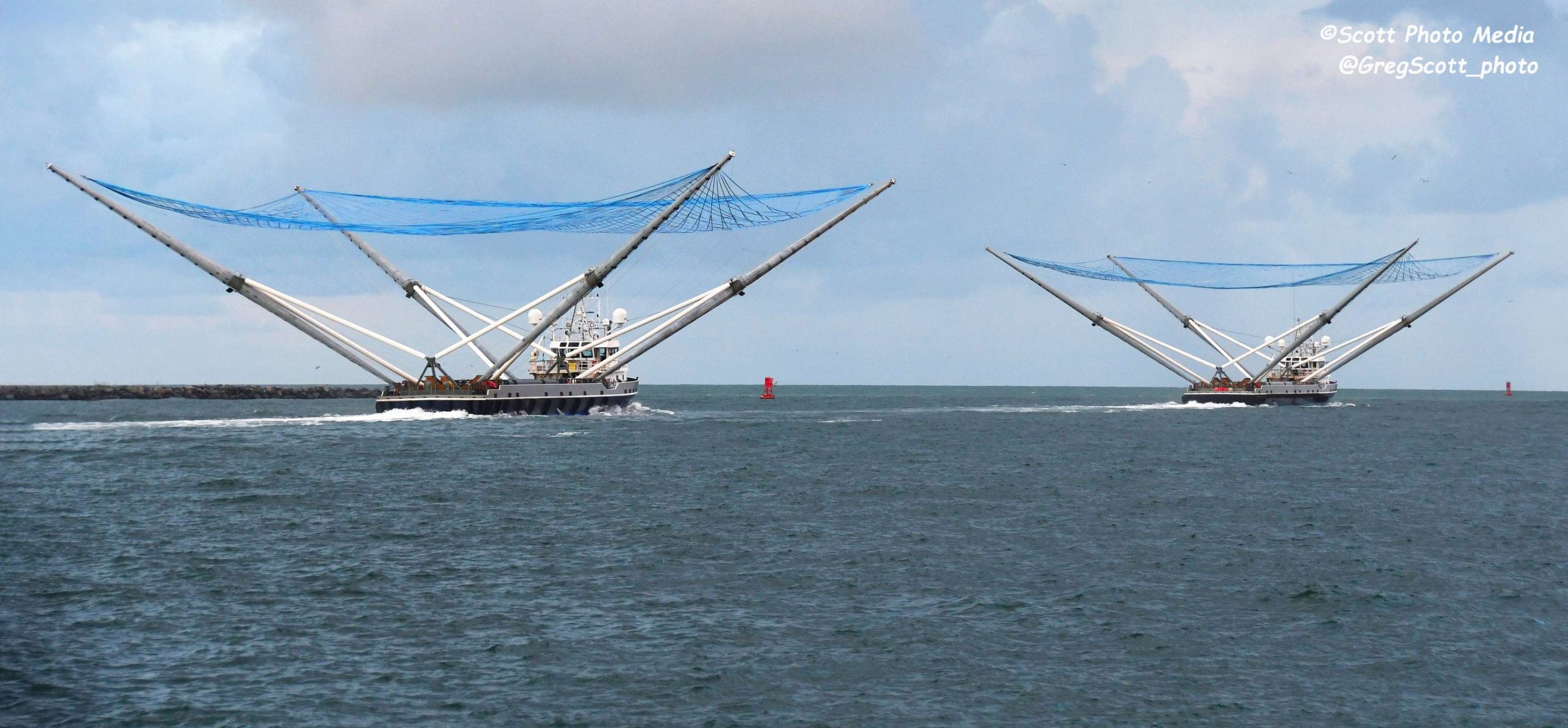

News
SpaceX recovery ships head to sea for first 'whole-fairing' catch attempt
After a brisk day-long cruise into the Atlantic Ocean, SpaceX’s twin Falcon fairing recovery ships have reached the general landing area to prepare for their first true ‘whole-fairing’ catch attempt.
Formerly known as Mr. Steven, GO Ms. Tree and new sister ship GO Ms. Chief departed Port Canaveral on December 14th and arrived at their designated recovery roughly 36 hours later. Now stationed just shy of 800 km (500 mi) downrange of SpaceX’s LC-40 Cape Canaveral Air Force Station (CCAFS) launch site, the ships are in position and can begin to prepare for Falcon 9’s Kacific-1/JCSAT-18 launch.
Scheduled to lift off no earlier than (NET) 7:10 pm ET, December 16th (00:10 UTC, Dec 17), Falcon 9 will place the ~6800 kg (15,000 lb) Kacific-1/JCSAT-18 communications satellite in a geostationary transfer orbit (GTO). Falcon 9 booster B1056 will attempt its third landing around nine minutes after launch, to be followed 25 minutes later by satellite deployment from the rocket’s upper stage. deploying the satellite around thirty minutes after launch.
If all goes according to plan, another 12-15 minutes after Falcon 9’s second stage (S2) deploys the Kacific-1/JCSAT-18 satellite, the rocket’s payload fairing halves will begin their final approach towards recovery ships Ms. Tree and Ms. Chief. Just shy of identical twins, the two ships have been outfitted with custom arms, boom supports, and nets with the intention of quite literally catching payload fairing halves out of the air after orbital Falcon 9 (and Heavy) launches.
SpaceX’s fairing recovery development program has had a long and arduous journey from Mr. Steven’s (now Ms. Tree’s) arrival at the company’s Port of Los Angeles dock space (late-2017) to the ship’s first attempted fairing catch (February 2018) and first successful catch (June 2019). In the 20+ months SpaceX has been attempting fairing recoveries, at least a dozen intentional soft ocean landings and seven net catches have been attempted, with numerous successful splashdowns and recoveries ultimately followed by two consecutive catches in June and August 2019.
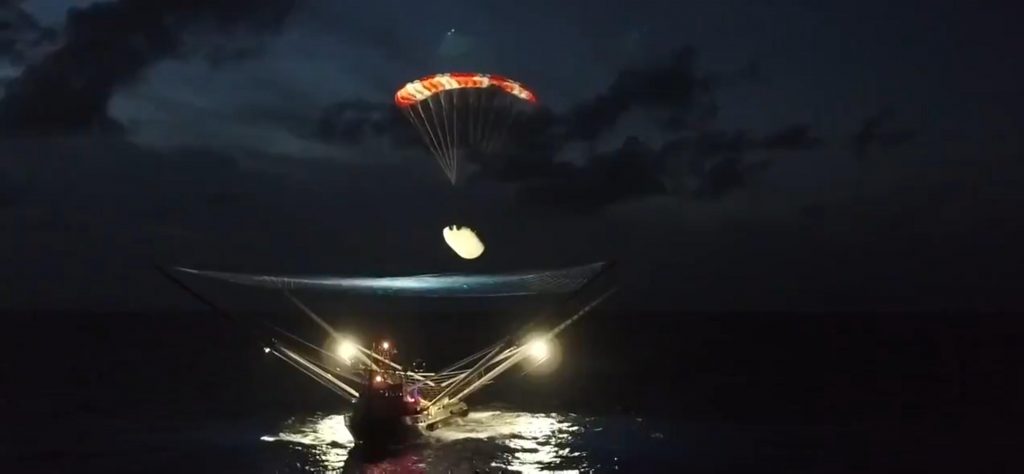

The fact that SpaceX consecutively caught two fairing halves a little over two months apart after five failed catch attempts suggests that the company has effectively solved the majority of the fairing recovery challenge, becoming the first company (or space agency) in the world to do so. Unfortunately, a three-month launch lull after the second successful catch precluded any rapid-fire follow-up attempts and when that lull came to an end on November 11th, Ms. Tree and Ms. Chief were both ready but were forced to abort the attempt by rough seas.
Both ships actually spent several weeks docked (or stranded) in a North Carolina port after that aborted mission, potentially indicating that SpaceX had to fly a team north to inspect both ships’ arms and ensure that they could make the journey back to Port Canaveral. They were ultimately cleared and returned to their home port around ten days later, where their arms and booms were immediately removed. It’s unclear why that removal occurred but SpaceX’s recovery team rapidly reinstalled their arms in just a few days, followed by their nets soon after.
Given that their first simultaneous (i.e. ‘whole-fairing’) catch attempt was aborted before it could start, it’s safe to say that December 16th’s hopeful attempt will be Ms. Tree’s and Ms. Chief’s first side-by-side recovery mission. Both ships have successfully reached the recovery zone, a step further than they managed to get on their November attempt. Coincidentally, that November launch happened to mark both SpaceX’s and the world’s first launch of a flight-proven payload fairing, both halves of which were recovered from the ocean and represented a more or less worst-case scenario for reuse.
And nevertheless, that reuse was a flawless success, marred only by the fact that Ms. Tree and Ms. Chief were unable to attempt to recover the world’s first twice-flown payload fairing. In short, all the conditions are right for what could be the world’s first successful recovery of both halves of an orbital-class payload fairing. If successful, SpaceX will have effectively closed the book on Falcon 9 and Heavy reusability development, having proven that both boosters and fairings can be reliably and routinely recovered and reused.
Check out Teslarati’s Marketplace! We offer Tesla accessories, including for the Tesla Cybertruck and Tesla Model 3.

News
Tesla finishes its biggest Supercharger ever with 168 stalls
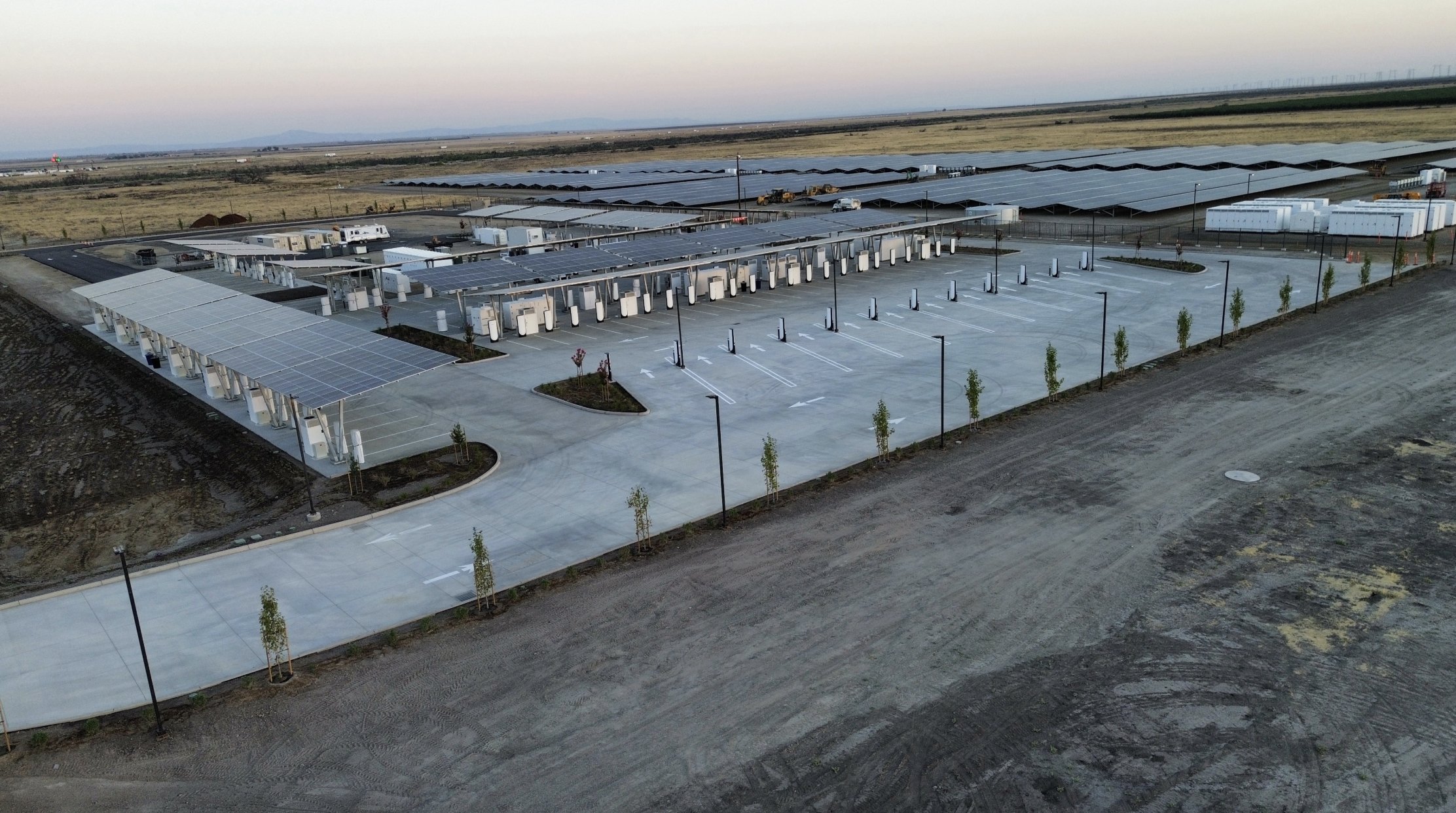
Tesla has finished construction at its biggest Supercharger ever in Lost Hills, California, and all 168 stalls are officially open as of today.
After several years of development, the company has officially announced that the Lost Hills Supercharger, known as Project Oasis, is officially open with 168 stalls active and available to drivers.
Tesla announced the completion of the Lost Hills Supercharger on Tuesday, showing off the site, which is powered by 10 Megapack batteries for storage and is completely independent of the grid, as it has 11 MW of solar panels bringing energy to the massive Battery Energy Storage System (BESS).
All 168 Stalls at the Tesla Supercharger in Lost Hills, California are officially open! pic.twitter.com/eo9xmZyUNB
— TESLARATI (@Teslarati) November 25, 2025
This is the largest Supercharger in the world and opens just in time for the Thanksgiving holiday, which is the most-traveled weekend of the year in the United States.
Spanning across 30 acres, it was partially opened back in July 2025 as Tesla opened just 84 of the 168 stalls at the site. However, Tesla finished certifying the site recently, which enabled the Supercharger to open up completely.
The site generates roughly 20 GWh of energy annually, which is enough to power roughly 1,700 homes. The launch of this site specifically is massive for the company as it plans to launch more Superchargers in more rural areas, making charging more available for cross-country rides that require stops in more remote regions of the United States.
This is perhaps the only weak point of Tesla’s massive charging infrastructure.
It has some features that are also extremely welcome for some owners, including things like pull-through stalls for those who tow, an idea that was extremely popular following the launch of the Cybertruck.
Tesla has over 70,000 active Superchargers across the world. The company has also made efforts to create unique experiences at some of the stops, most notably with its Tesla Diner, located on Santa Monica Boulevard in Los Angeles.
That Supercharger has two massive drive-in movie theaters and will soon transition to a full-service restaurant following the departure of its executive chef, Eric Greenspan.
Elon Musk
Elon Musk proposes Grok 5 vs world’s best League of Legends team match
Musk’s proposal has received positive reception from professional players and Riot Games alike.
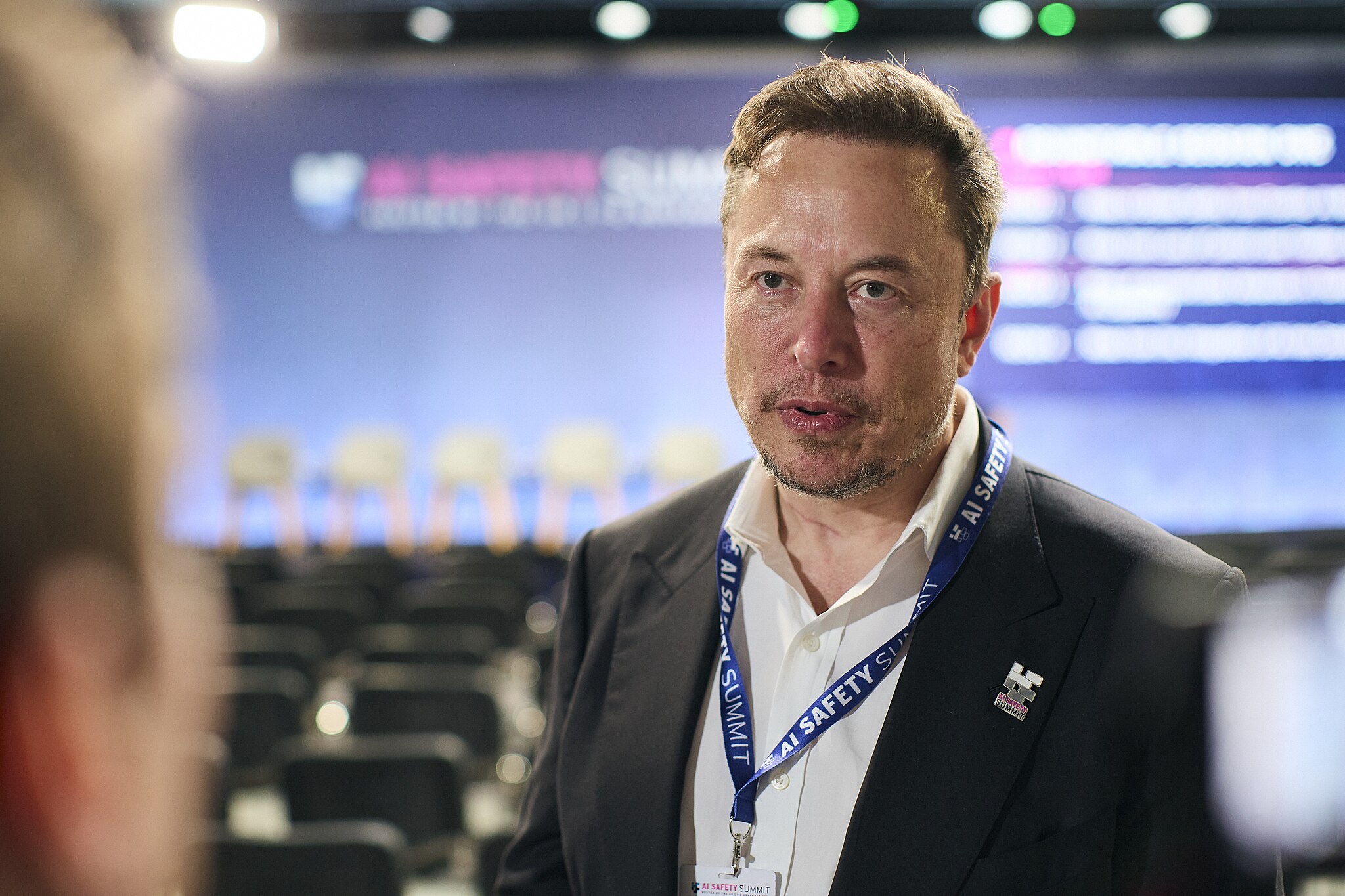
Elon Musk has proposed a high-profile gaming challenge for xAI’s upcoming Grok 5. As per Musk, it would be interesting to see if the large language model could beat the world’ best human League of Legends team with specific constraints.
Musk’s proposal has received positive reception from professional players and Riot Games alike, suggesting that the exciting exhibition match might indeed happen.
Musk outlines restrictions for Grok
In his post on X, Musk detailed constraints to keep the match competitive, including limiting Grok to human-level reaction times, human-speed clicking, and viewing the game only through a camera feed with standard 20/20 vision. The idea quickly circulated across the esports community, drawing commentary from former pros and AI researchers, as noted in a Dexerto report.
Former League pro Eugene “Pobelter” Park expressed enthusiasm, offering to help Musk’s team and noting the unique comparison to past AI-versus-human breakthroughs, such as OpenAI’s Dota 2 bots. AI researcher Oriol Vinyals, who previously reached Grandmaster rank in StarCraft, suggested testing Grok in RTS gameplay as well.
Musk welcomed the idea, even responding positively to Vinyals’ comment that it would be nice to see Optimus operate the mouse and keyboard.
Pros debate Grok’s chances, T1 and Riot show interest
Reactions weren’t universally optimistic. Former professional mid-laner Joedat “Voyboy” Esfahani argued that even with Grok’s rapid learning capabilities, League of Legends requires deep synergy, game-state interpretation, and team coordination that may be difficult for AI to master at top competitive levels. Yiliang “Doublelift” Peng was similarly skeptical, publicly stating he doubted Grok could beat T1, or even himself, and jokingly promised to shave his head if Grok managed to win.
T1, however, embraced the proposal, responding with a GIF of Faker and the message “We are ready,” signaling their willingness to participate. Riot Games itself also reacted, with co-founder Marc Merrill replying to Musk with “let’s discuss.” Needless to say, it appears that Riot Games in onboard with the idea.
Though no match has been confirmed, interest from players, teams, and Riot suggests the concept could materialize into a landmark AI-versus-human matchup, potentially becoming one of the most viewed League of Legends events in history. The fact that Grok 5 will be constrained to human limits would definitely add an interesting dimension to the matchup, as it could truly demonstrate how human-like the large language model could be like in real-time scenarios.
Tesla has passed a key milestone, and it was one that CEO Elon Musk initially mentioned more than nine years ago when he published Master Plan, Part Deux.
As per Tesla China in a post on its official Weibo account, the company’s Autopilot system has accumulated over 10 billion kilometers of real-world driving experience.
Tesla China’s subtle, but huge announcement
In its Weibo post, Tesla China announced that the company’s Autopilot system has accumulated 10 billion kilometers of driving experience. “In this respect, Tesla vehicles equipped with Autopilot technology can be considered to have the world’s most experienced and seasoned driver.”
Tesla AI’s handle on Weibo also highlighted a key advantage of the company’s self-driving system. “It will never drive under the influence of alcohol, be distracted, or be fatigued,” the team wrote. “We believe that advancements in Autopilot technology will save more lives.”
Tesla China did not clarify exactly what it meant by “Autopilot” in its Weibo post, though the company’s intense focus on FSD over the past years suggests that the term includes miles that were driven by FSD (Beta) and Full Self-Driving (Supervised). Either way, 10 billion cumulative miles of real-world data is something that few, if any, competitors could compete with.
Advertisement
–>
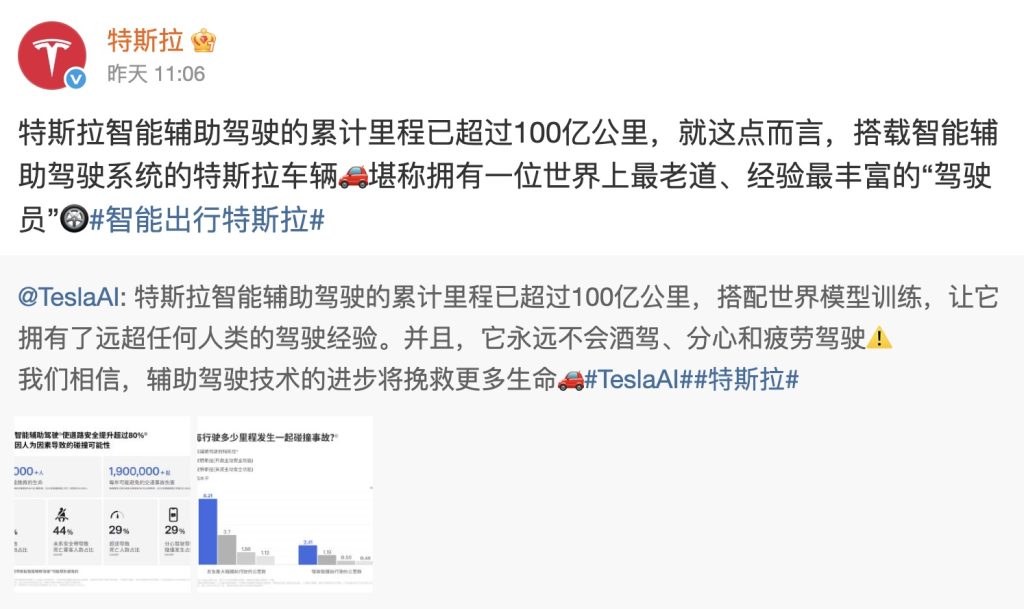
Elon Musk’s 10-billion-km estimate, way back in 2016
When Elon Musk published Master Plan Part Deux, he outlined his vision for the company’s autonomous driving system. At the time, Autopilot was still very new, though Musk was already envisioning how the system could get regulatory approval worldwide. He estimated that worldwide regulatory approval will probably require around 10 billion miles of real-world driving data, which was an impossible-sounding amount at the time.
“Even once the software is highly refined and far better than the average human driver, there will still be a significant time gap, varying widely by jurisdiction, before true self-driving is approved by regulators. We expect that worldwide regulatory approval will require something on the order of 6 billion miles (10 billion km). Current fleet learning is happening at just over 3 million miles (5 million km) per day,” Musk wrote.
It’s quite interesting but Tesla is indeed getting regulatory approval for FSD (Supervised) at a steady pace today, at a time when 10 billion miles of data has been achieved. The system has been active in the United States and has since been rolled out to other countries such as Australia, New Zealand, China, and, more recently, South Korea. Expectations are high that Tesla could secure FSD approval in Europe sometime next year as well.
News
Elon Musk’s Boring Company reveals Prufrock TBM’s most disruptive feature
As it turns out, the tunneling startup, similar to other Elon Musk-backed ventures, is also dead serious about pursuing reusability.
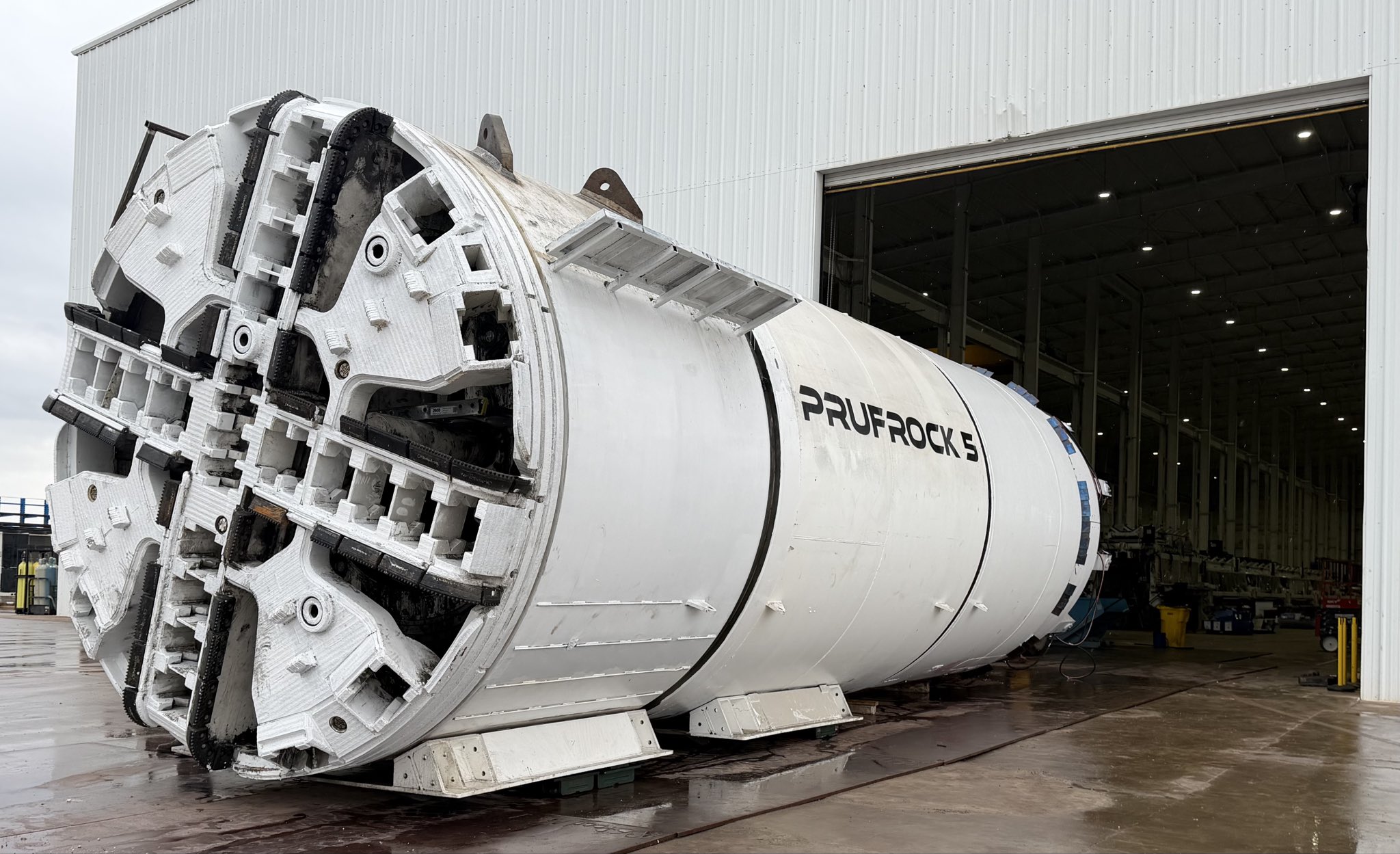
The Boring Company has quietly revealed one of its tunnel boring machines’ (TBMs) most underrated feature. As it turns out, the tunneling startup, similar to other Elon Musk-backed ventures, is also dead serious about pursuing reusability.
Prufrock 5 leaves the factory
The Boring Company is arguably the quietest venture currently backed by Elon Musk, inspiring far fewer headlines than his other, more high-profile companies such as Tesla, SpaceX, and xAI. Still, the Boring Company’s mission is ambitious, as it is a company designed to solve the problem of congestion in cities.
To accomplish this, the Boring Company would need to develop tunnel boring machines that could dig incredibly quickly. To this end, the startup has designed Prufrock, an all-electric TBM that’s designed to eventually be fast enough as an everyday garden snail. Among TBMs, such a speed would be revolutionary.
The startup has taken a step towards this recently, when The Boring Company posted a photo of Prufrock-5 coming out of its Bastrop, Texas facility. “On a rainy day in Bastrop, Prufrock-5 has left the factory. Will begin tunneling by December 1. Hoping for a step function increase in speed,” the Boring Company wrote.
Prufrock’s quiet disruption
Interestingly enough, the Boring Company also mentioned a key feature of its Prufrock machines that makes them significantly more sustainable and reusable than conventional TBMs. As per a user on X, standard tunnel boring machines are often left underground at the conclusion of a project because retrieving them is usually more expensive and impractical than abandoning them in the location.
As per the Boring Company, however, this is not the case for its Prufrock machines, as they are retrieved, upgraded, and deployed again with improvements. “All Prufrocks are reused, usually with upgrades between launches. Prufrock-1 has now dug six tunnels,” the Boring Company wrote in its reply on X.
The Boring Company’s reply is quite exciting as it suggests that the TBMs from the tunneling startup could eventually be as reusable as SpaceX’s boosters. This is on brand for an Elon Musk-backed venture, of course, though the Boring Company’s disruption is a bit more underground.








